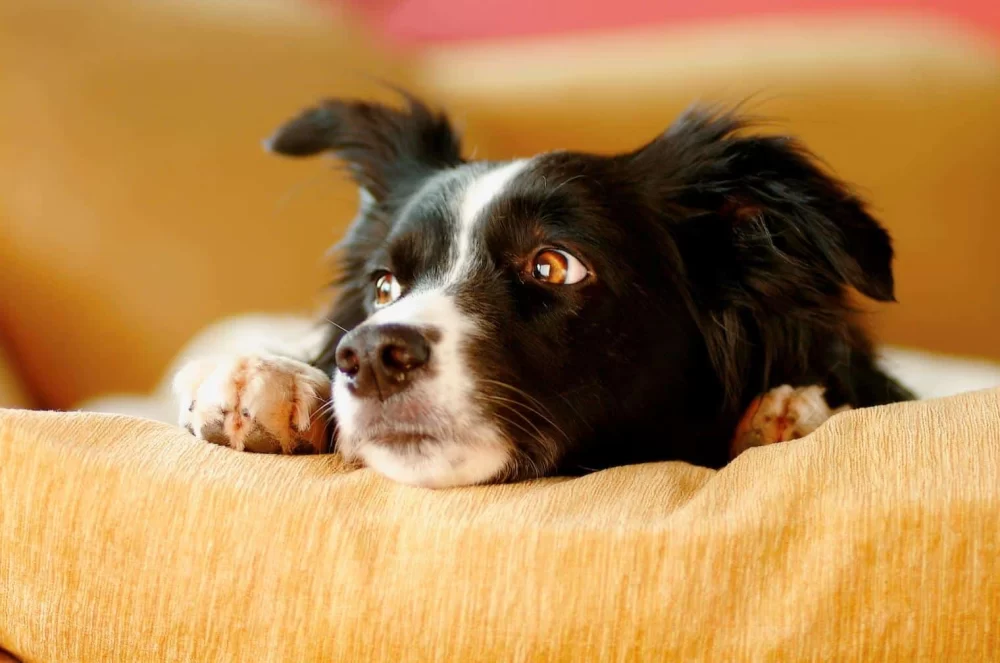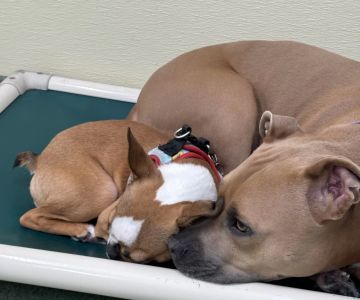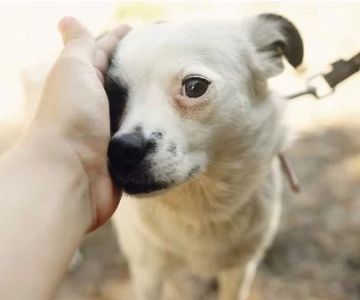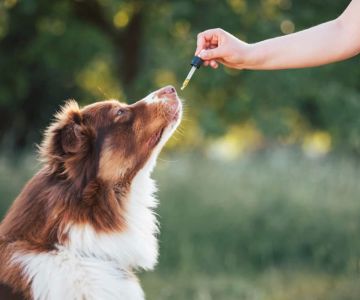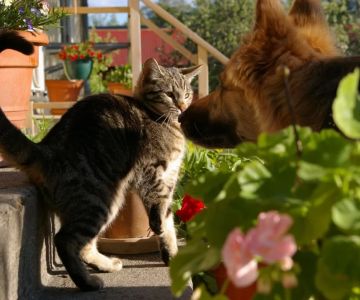How to Prevent Anxiety in Pets During Noisy Environments
As pet owners, we’ve all experienced that moment when our beloved furry companions start showing signs of anxiety due to loud noises. Whether it’s fireworks, thunderstorms, construction work, or even a noisy household, pets can easily become stressed in loud environments. I’ve personally dealt with this issue with my dog, Max, who would tremble, hide, or even try to escape when there was a loud noise in our neighborhood. Over time, I learned that preventing anxiety in pets during noisy environments isn’t only possible but also essential for their well-being. Here are some of the methods and strategies that worked for me, and I hope they help you too!
1. Understanding Pet Anxiety in Noisy Environments
Before diving into solutions, it's important to understand why pets, especially dogs and cats, become anxious in noisy environments. Animals, like humans, have sensitive hearing, which makes them more prone to reacting negatively to sudden loud sounds. For Max, every loud noise was perceived as a potential threat, and his fight-or-flight response kicked in. But why do pets react this way?
Pets, particularly dogs, often perceive loud noises as something dangerous or alarming. Their heightened sense of hearing makes the sound seem much louder and more frightening than it does to us. For cats, their reaction to noise can also stem from their instinctive desire to protect themselves. Many pets will either hide, try to escape, or become overly agitated when they’re exposed to noise, which can lead to excessive stress or behavioral issues.
From my experience with Max, I found that his anxiety became more pronounced during fireworks season. The sound of the booming explosions would send him into a panic, and he would try to hide under furniture, shaking uncontrollably. It was heartbreaking to watch, and I knew I had to take action to help him feel secure and calm during these times.
2. Creating a Safe, Quiet Space for Your Pet
One of the first things I did to help Max cope with noisy environments was create a designated safe space where he could feel comfortable and secure. Pets, especially those with noise anxiety, need a place where they can retreat and feel protected when loud sounds overwhelm them. This space should be quiet, free from the noise of the outside world, and filled with familiar scents that make your pet feel at ease.
For Max, I set up a cozy area in our home, away from windows and doors, where he could retreat when the sounds got too intense. This space included his favorite bed, a few toys, and a blanket that smelled like me to provide extra comfort. Cats often appreciate similar spaces, so consider using a quiet room with minimal distractions and plenty of cozy nooks where they can hide or rest undisturbed.
2.1. Blocking Out Noise
While creating a safe space is essential, blocking out the external noise can make a huge difference as well. I started by closing all windows and curtains to reduce the sound of fireworks or storms. Sometimes, I would play soft music or white noise, which helped drown out the external sounds and created a calming atmosphere for Max. Many pet owners have found success using calming music specifically designed for animals, which can promote relaxation.
3. Desensitization Training for Pets
Desensitization is a technique I used with Max to help him gradually become accustomed to noises that previously caused anxiety. The goal of desensitization is to expose your pet to the sound at a low volume, increasing the intensity over time while pairing the noise with something positive, like treats or play. This process helps to change your pet’s emotional response to the sound from fear to neutrality.
For Max, I started by playing recordings of fireworks at a low volume while offering him treats and affection. As he began to associate the noise with positive experiences, I gradually increased the volume over several days. This method required patience, but it was worth it when Max’s anxiety levels decreased significantly during real fireworks displays.
Desensitization is a slow process, so it’s important to be patient and never force your pet into a situation that overwhelms them. I made sure that each exposure to the sound was controlled and that Max always had the option to retreat to his safe space if he needed a break.
4. Calming Products for Pets
Another solution that worked wonders for Max was using calming products designed specifically for pets. These products include items like calming collars, anxiety vests, and pheromone diffusers that release soothing scents to help calm pets during stressful situations. I found that using a calming vest for Max made him feel more secure during fireworks displays. The vest applied gentle pressure to his body, which helped trigger a calming response, much like swaddling a baby.
Additionally, I used a pheromone diffuser in the room where Max spent most of his time. These diffusers release synthetic pheromones that mimic the calming scents naturally produced by a mother cat or dog, creating a sense of security for pets. I was amazed at how much calmer Max seemed after using the diffuser consistently during stressful events.
4.1. Natural Remedies for Anxiety
For more natural solutions, I explored herbal remedies such as valerian root, chamomile, and CBD oil, all of which are known to help calm anxious pets. Max seemed to respond well to chamomile, which I used as a tea infusion in his water during stressful times. I also consulted with my vet about using CBD oil for pets, which helped to reduce his anxiety levels without causing any harmful side effects.
5. Proper Exercise and Mental Stimulation
Sometimes, pets develop anxiety because they have too much pent-up energy or are not adequately stimulated. Providing Max with regular exercise was a key factor in helping him stay calm during noisy events. A tired pet is often a calm pet, so I made sure Max got plenty of walks and playtime each day, especially before times when I knew there might be loud noises.
In addition to physical exercise, I also made sure to engage Max mentally. Puzzle toys and interactive games provided him with a distraction and kept his mind focused on something other than the noise outside. Cats benefit from mental stimulation as well, so try using toys like laser pointers or treat dispensers to keep their attention focused on something enjoyable.
6. Professional Help for Severe Anxiety
While the strategies above helped Max a lot, there were still times when his anxiety levels were so high that I sought professional help. If your pet’s anxiety is severe or doesn’t improve with at-home methods, a visit to the vet or a certified animal behaviorist may be necessary. Your vet can evaluate your pet’s health and recommend medications or additional therapies to manage anxiety more effectively.
In some cases, pets may require prescription medications to help manage their anxiety during particularly stressful events. Medications can help your pet remain calm, but they should be used in conjunction with behavioral training and other methods to address the root cause of the anxiety.
7. Recognizing Your Pet’s Anxiety Signals
As a pet owner, it’s important to be able to recognize the signs of anxiety in your furry friend. Max’s symptoms included trembling, panting, hiding, drooling, and excessive licking, all of which were clear indicators that he was feeling stressed. By staying observant and acting quickly, I was able to intervene before his anxiety became overwhelming.
Other signs of anxiety in pets include destructive behavior, excessive barking or meowing, loss of appetite, and changes in bathroom habits. Recognizing these signals early on can help you prevent further distress and provide your pet with the care and comfort they need.

